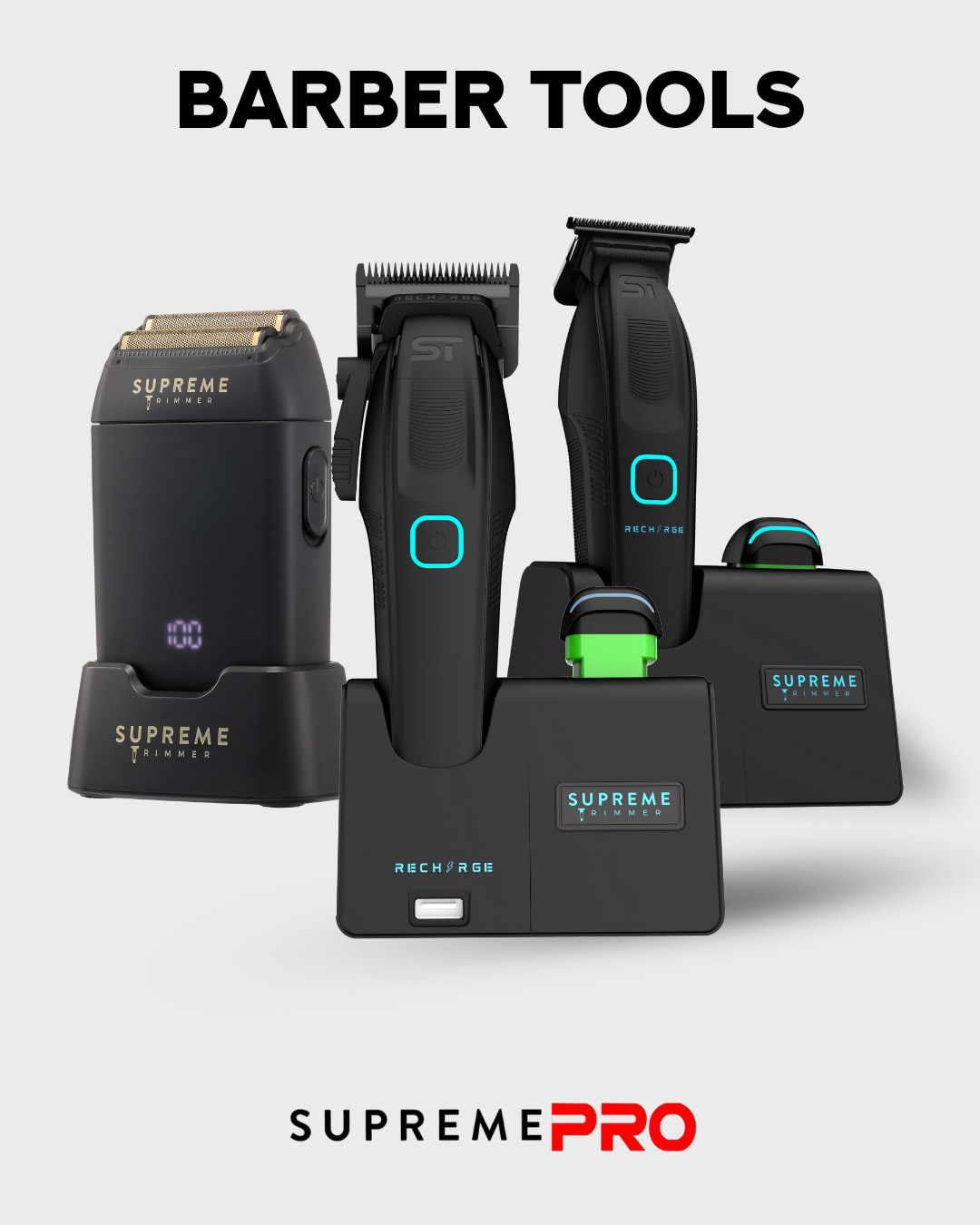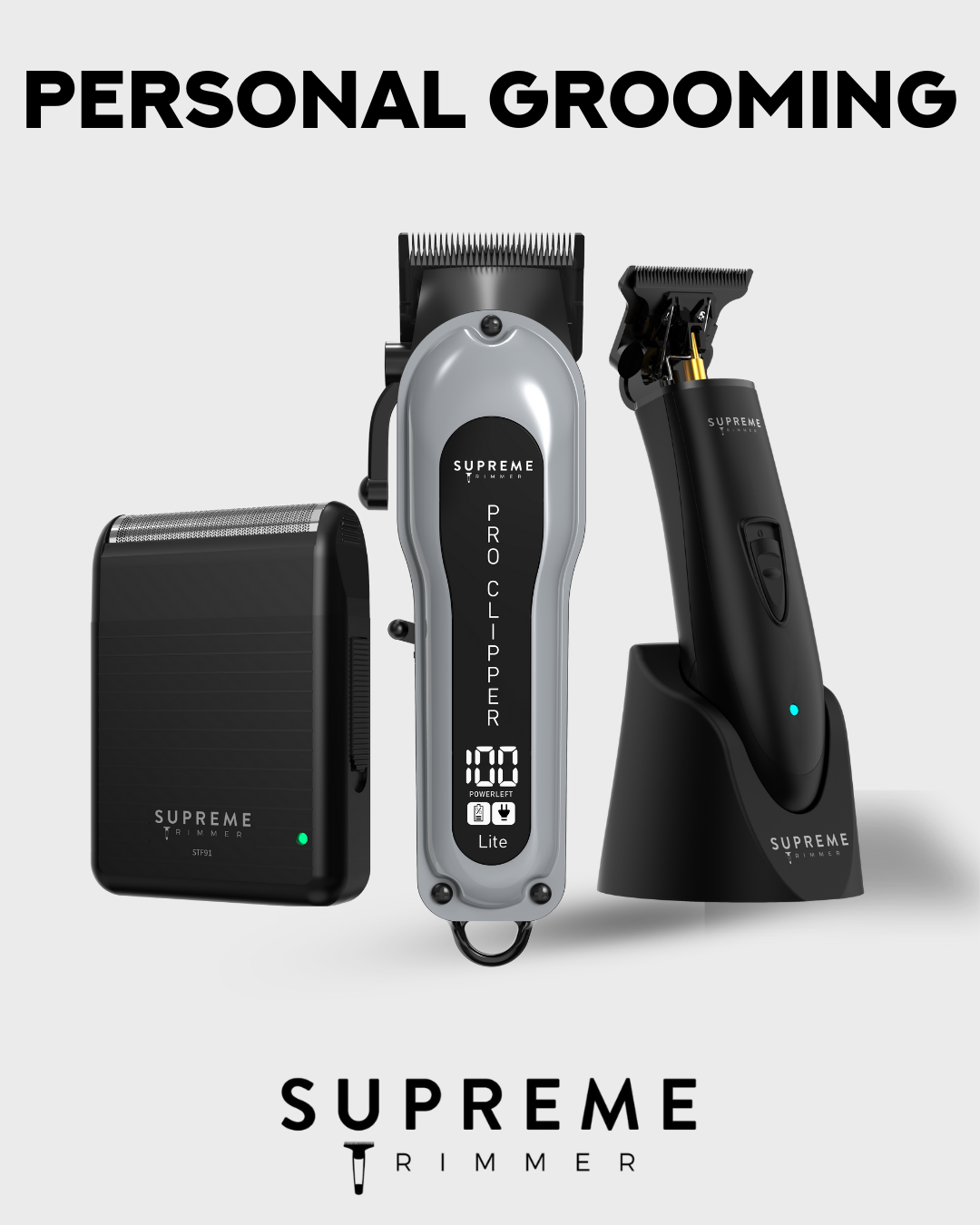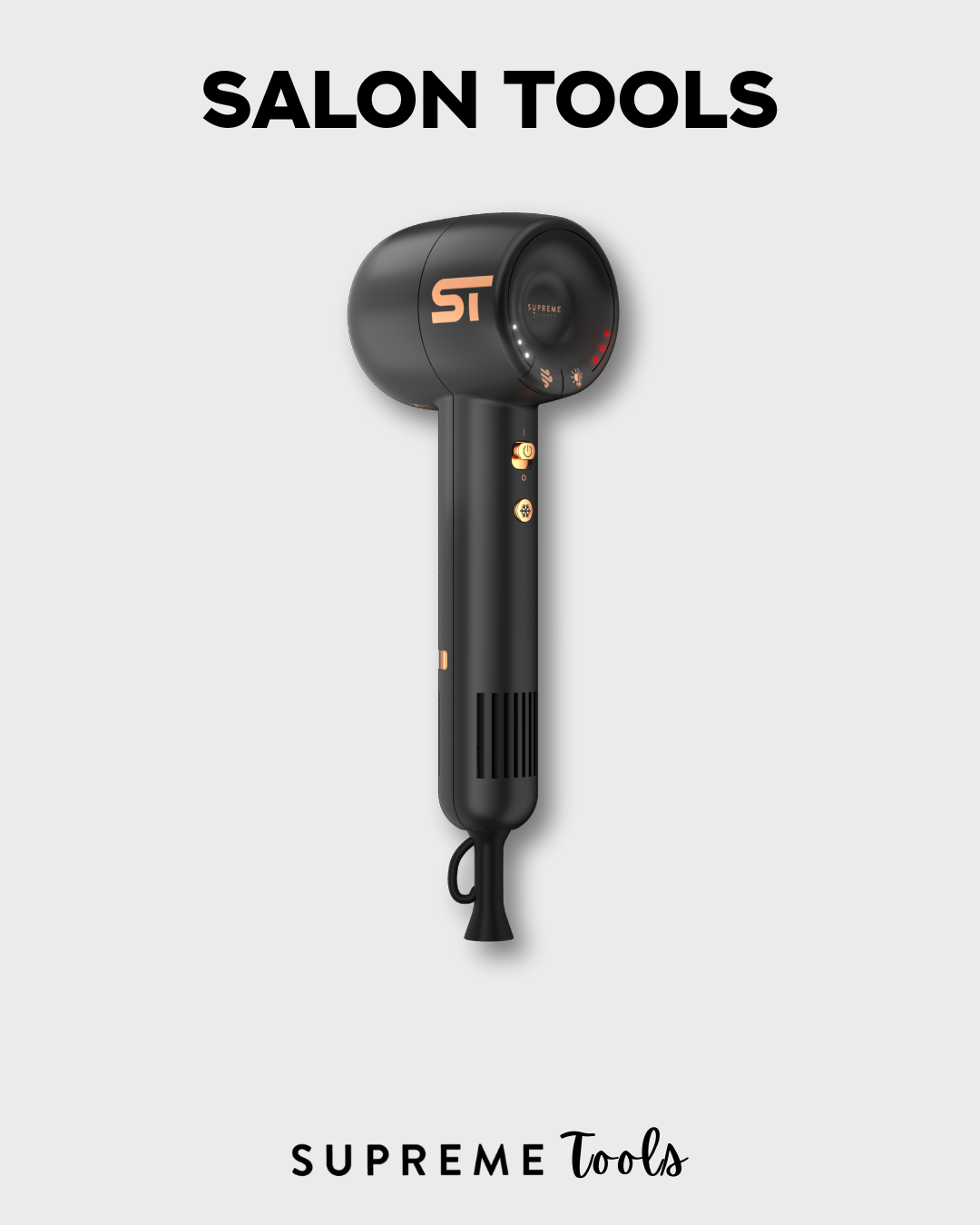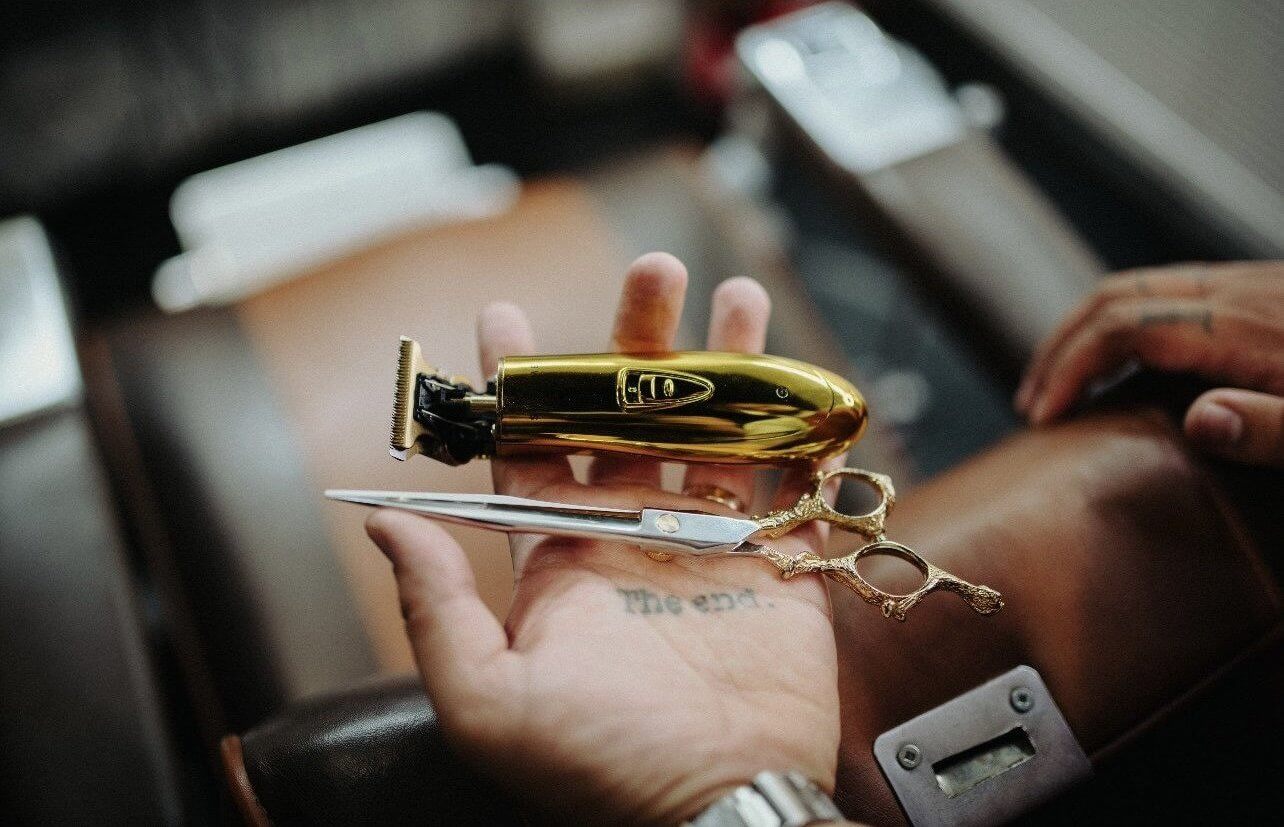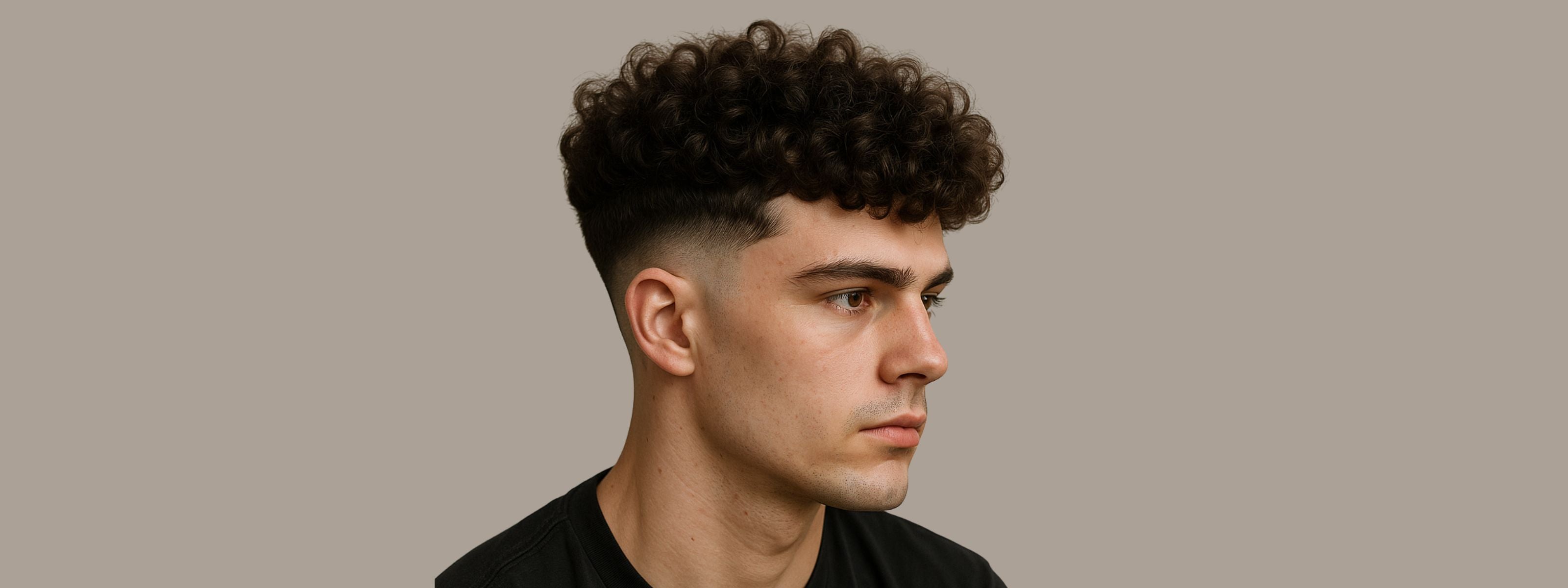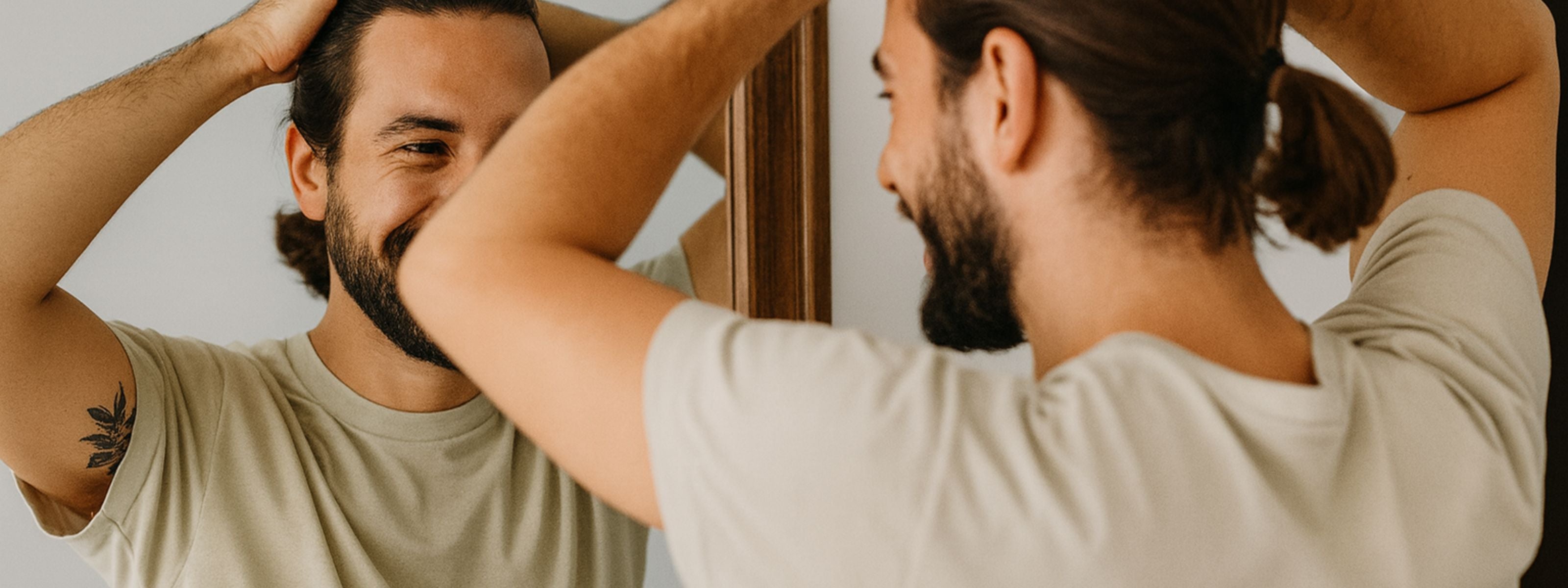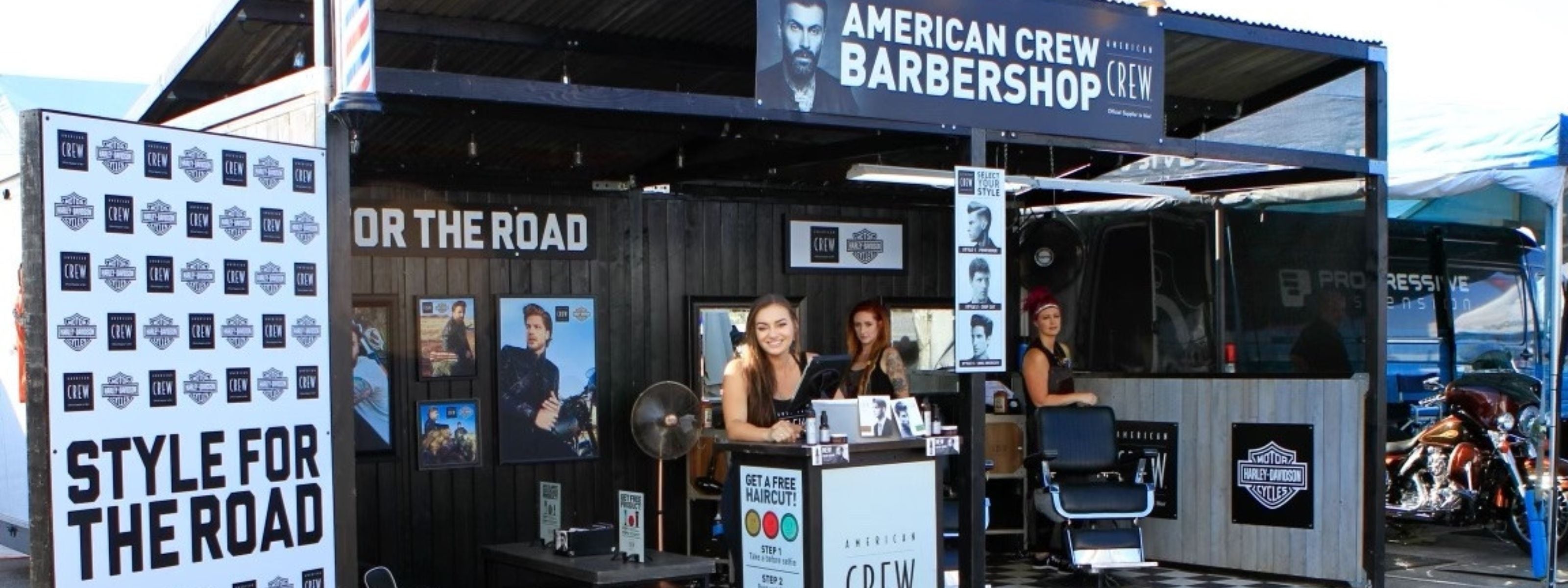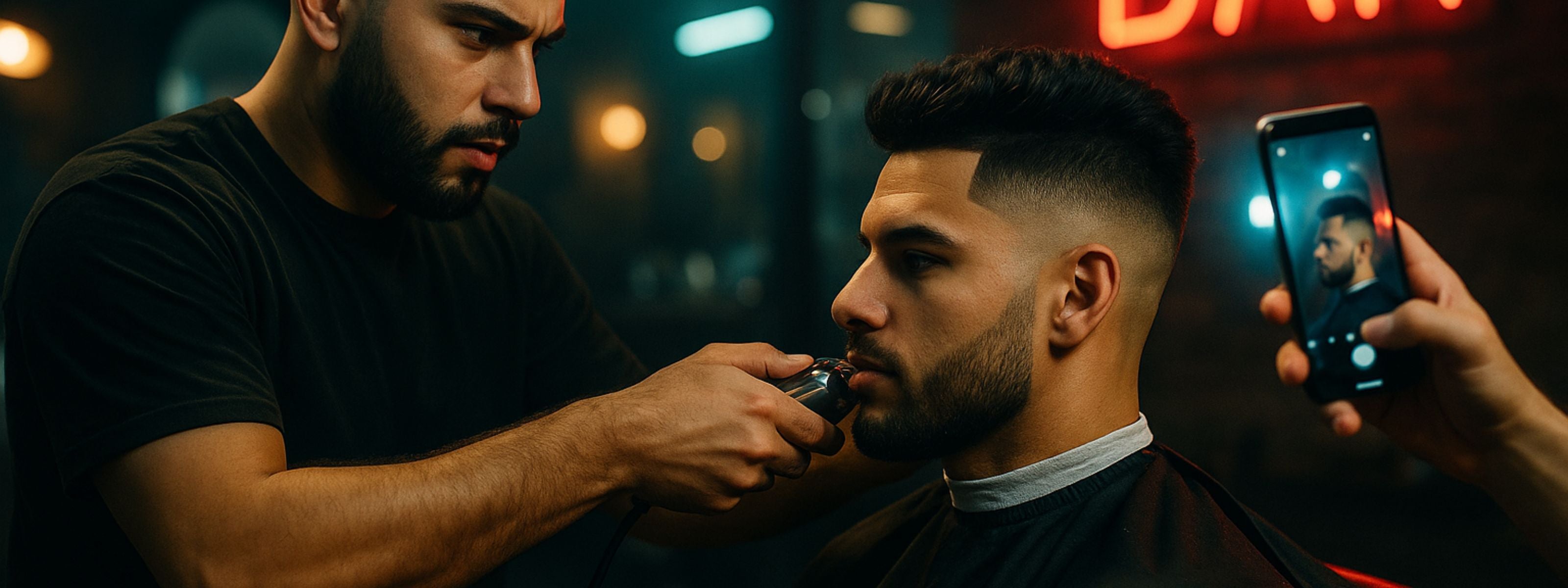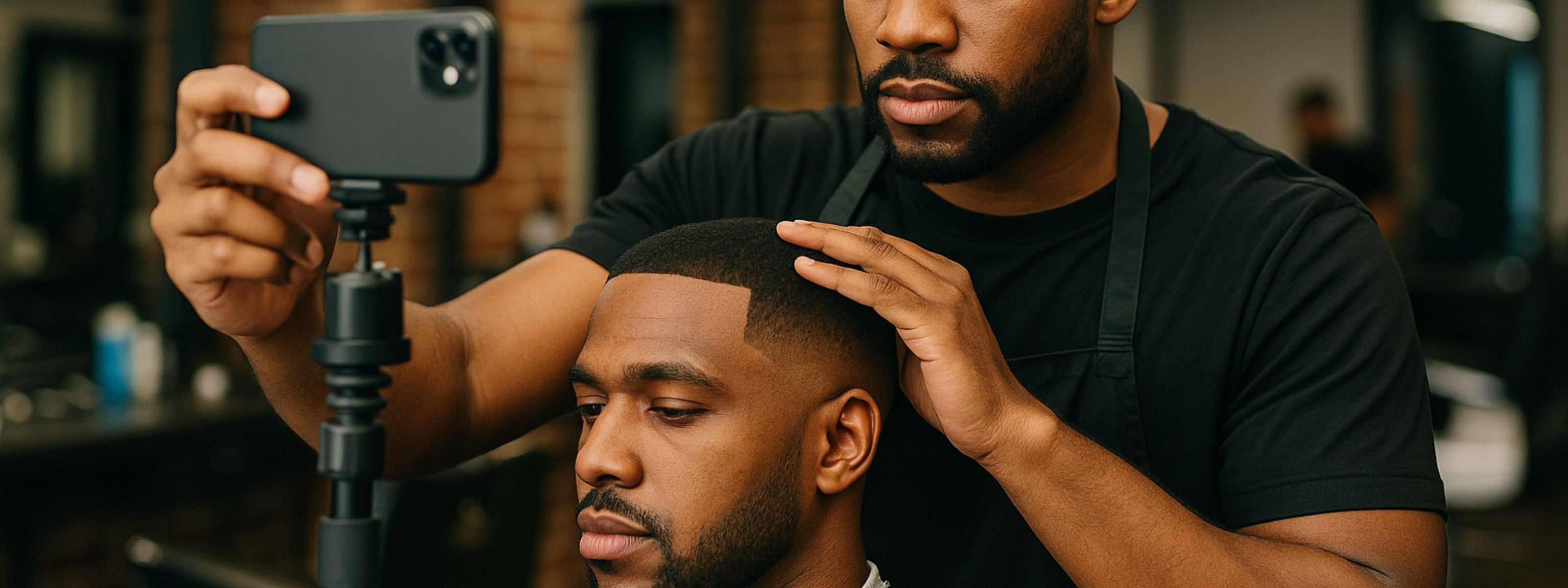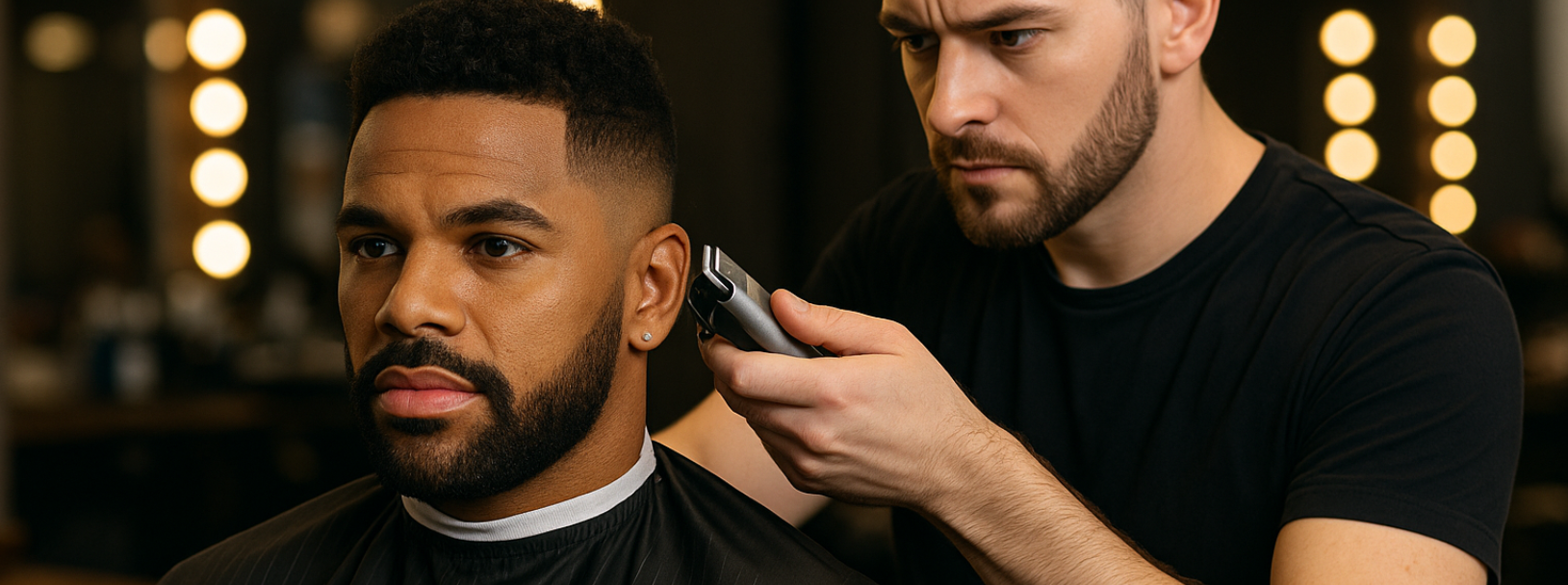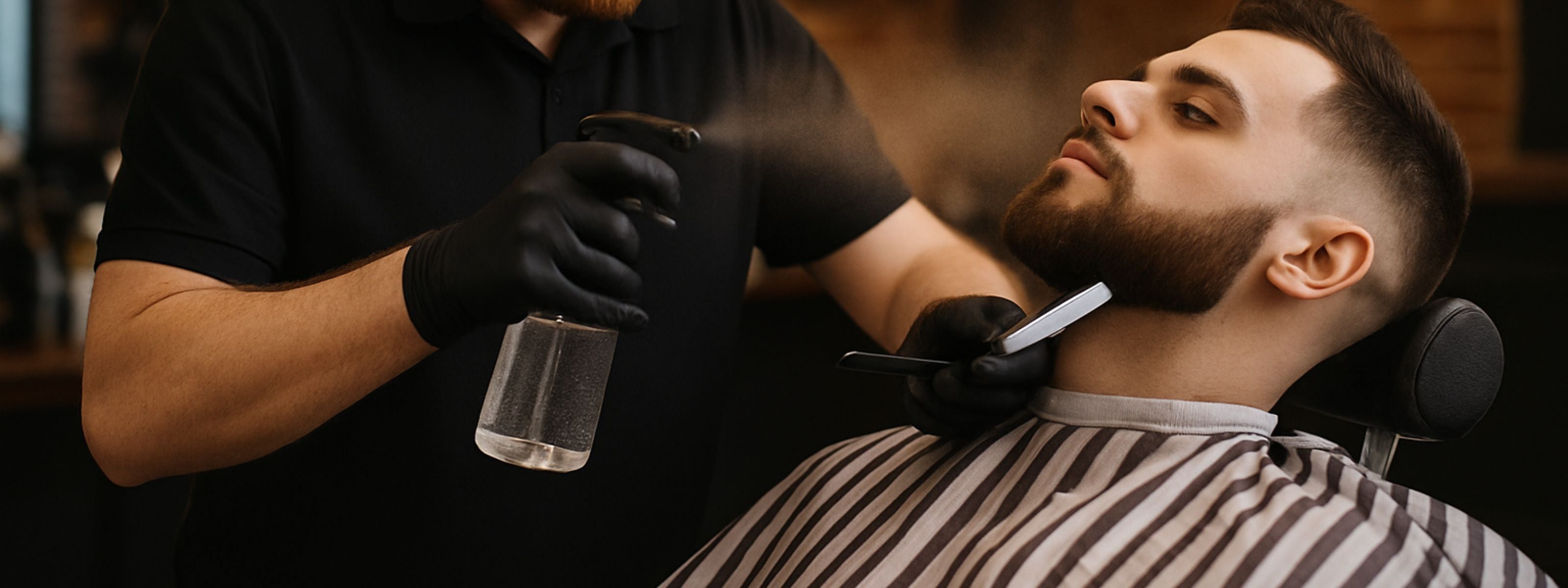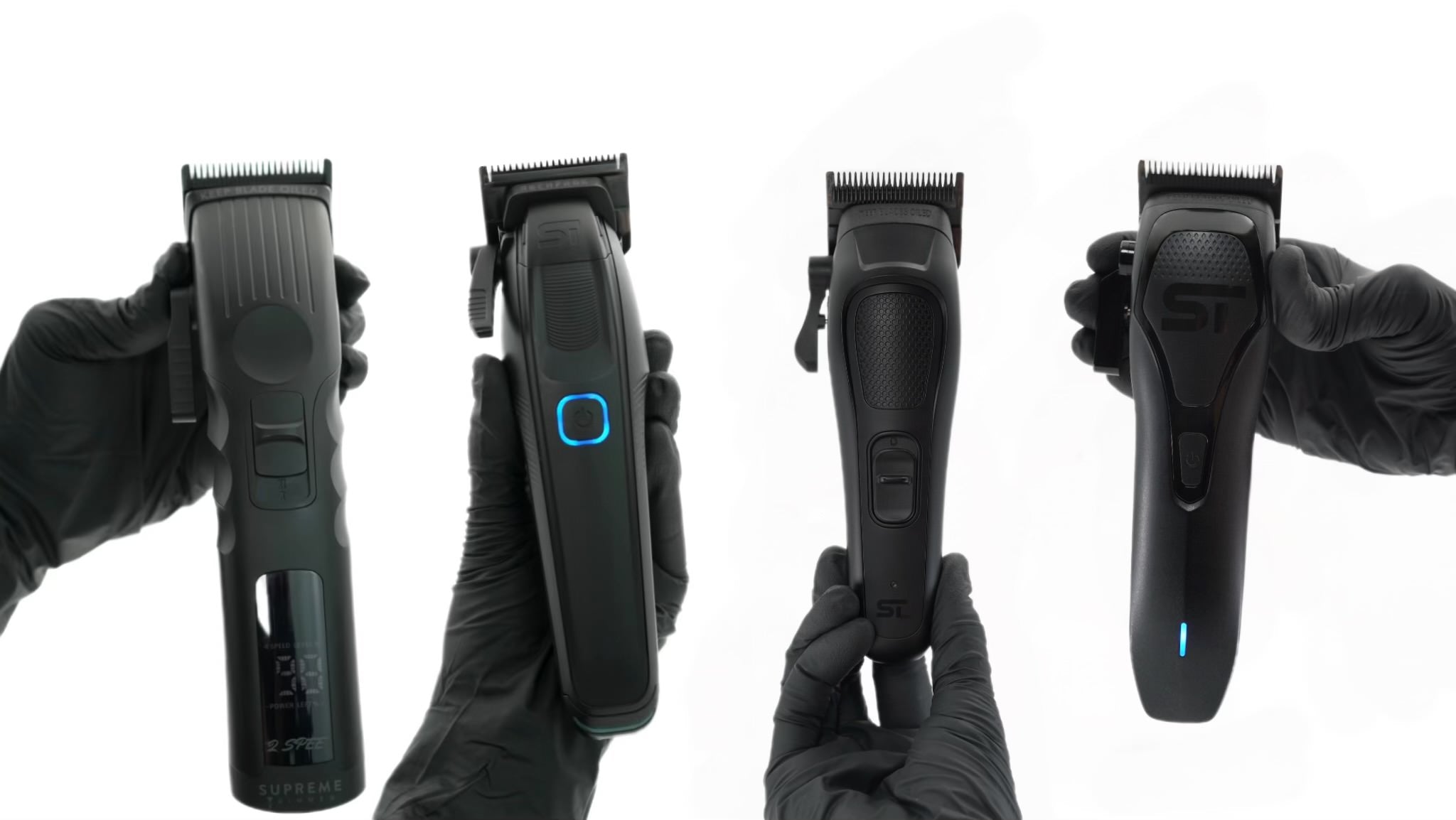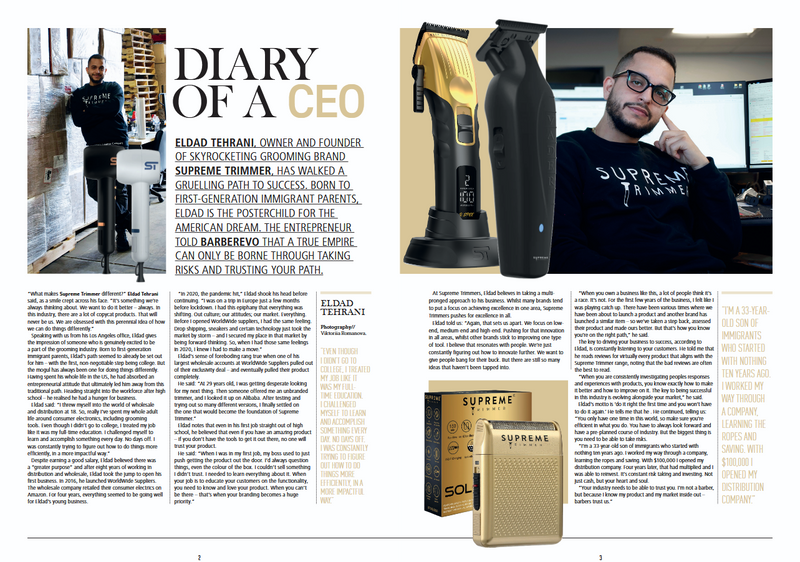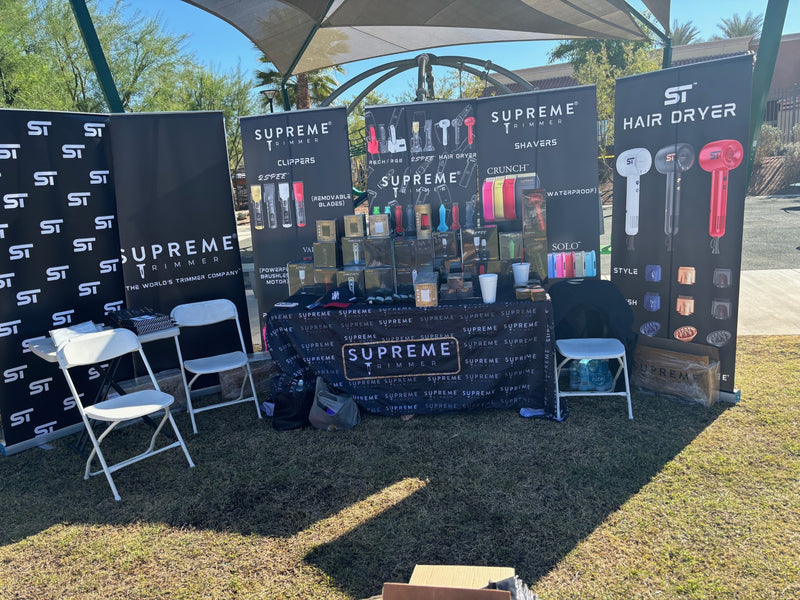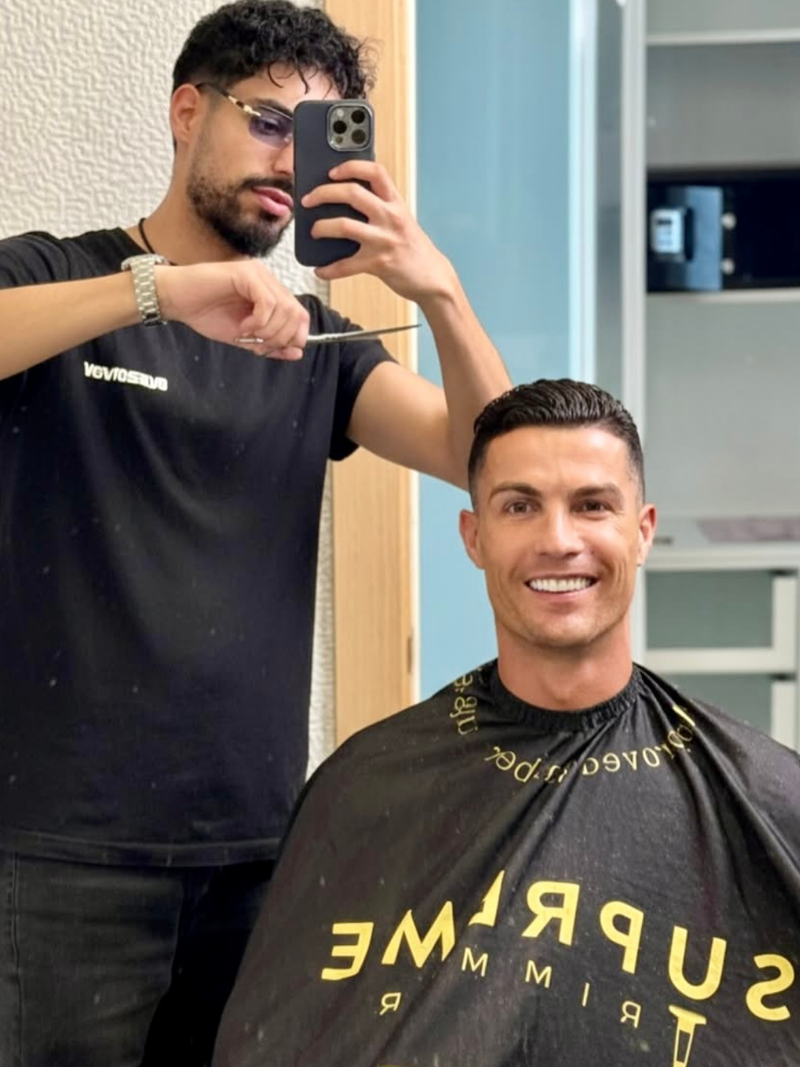Let’s be real: hair isn’t just about looking fresh — it’s about identity. And when it comes to certain styles like cornrows, locs, fades, or waves, there’s a deeper cultural meaning behind the cut. These aren’t just trends. They’re tied to history, struggle, pride, and resistance. So when someone outside of that culture wears the same style and gets praised for it — while the people who created it get criticized or even punished — it hits different. And that’s where the conversation around cultural appropriation starts. But this isn’t always black and white (no pun intended). Some argue that style should be shared, that we live in a world of cultural exchange. Others say that before you “borrow” a look, you better understand where it came from — and how the people who originated it are still being treated.
Look at the facts
Black and Brown people have faced real-world consequences for wearing protective styles like braids, locs, and afros — being sent home from work or school, labeled “unprofessional,” or told to change their hair to fit in. According to a 2023 study by the Perception Institute, Black women are 1.5 times more likely to be sent home from work because of their hair. That’s not just about style — that’s about systemic bias. Now flip the script. When a white celebrity wears cornrows on a red carpet or a model sports a fade in a fashion campaign, those same styles suddenly become “edgy” or “innovative.” No pushback. No judgment. Just praise. That’s the problem: it’s not just who’s wearing it — it’s how society reacts.
These styles didn’t come out of nowhere
They were born in communities that used hair to express identity, tell stories, or resist oppression. Locs have roots in African spirituality and resistance. Cornrows were used to map escape routes during slavery. Waves take dedication, care, and cultural understanding to maintain. So when someone rocks these styles without knowing any of that — or worse, profits from it — it can feel like disrespect. It’s like taking the culture and leaving behind the people and the pain that came with it.
Here’s where it gets tricky
Some believe anyone should be able to wear any hairstyle — as long as it’s done with respect, understanding, and acknowledgment of where it came from. And it’s true — hair inspires. Style travels. Influence is everywhere. You can love a look and want to try it for yourself. But if you're going to tap into a culture that’s not your own, you need to do the work. Learn the history. Know what that style means. Understand the weight it carries for the people who created it. It’s not about gatekeeping — it’s about respect and responsibility.
The line isn’t always obvious
But here are a few questions to ask: Are you benefiting from a look that others are penalized for? Are you giving credit to the culture that created it? Are you wearing it because you genuinely respect it, or just because it’s trending? And most importantly — are the people who created the style being included, respected, and represented, too?
The good news? Things are shifting
The CROWN Act (Creating a Respectful and Open World for Natural Hair) is gaining traction in more states, banning hair discrimination in schools and workplaces. More brands and barbers are using their platforms to educate, uplift, and honor the cultures that created the styles they showcase. Even in the barbershop — a place that’s always been about more than just haircuts — the conversation is changing. It’s about understanding. It’s about giving credit. It’s about opening the door for everyone while keeping the culture intact.
You can rock the style. But know the story. Hair is more than a trend — it’s culture, identity, and history all braided together. So if you’re stepping into a look from a culture that’s not your own, just make sure you’re stepping in with respect. Not just because it looks good — but because you understand what it means to the people it came from. Because at the end of the day, every cut tells a story. Make sure you know the one you’re telling.
Sources
Perception Institute. (2023). The “Good Hair” Study: Explicit and Implicit Attitudes Toward Black Women’s Hair. https://perception.org/research/the-good-hair-study
CROWN Coalition. (2024). The CROWN Act Legislative Campaign. https://www.thecrownact.com
Byrd, Ayana D., and Tharps, Lori L. (2014). Hair Story: Untangling the Roots of Black Hair in America. St. Martin’s Press
NPR Code Switch. (2020). From Cultural Exchange to Cultural Appropriation. https://www.npr.org/sections/codeswitch

